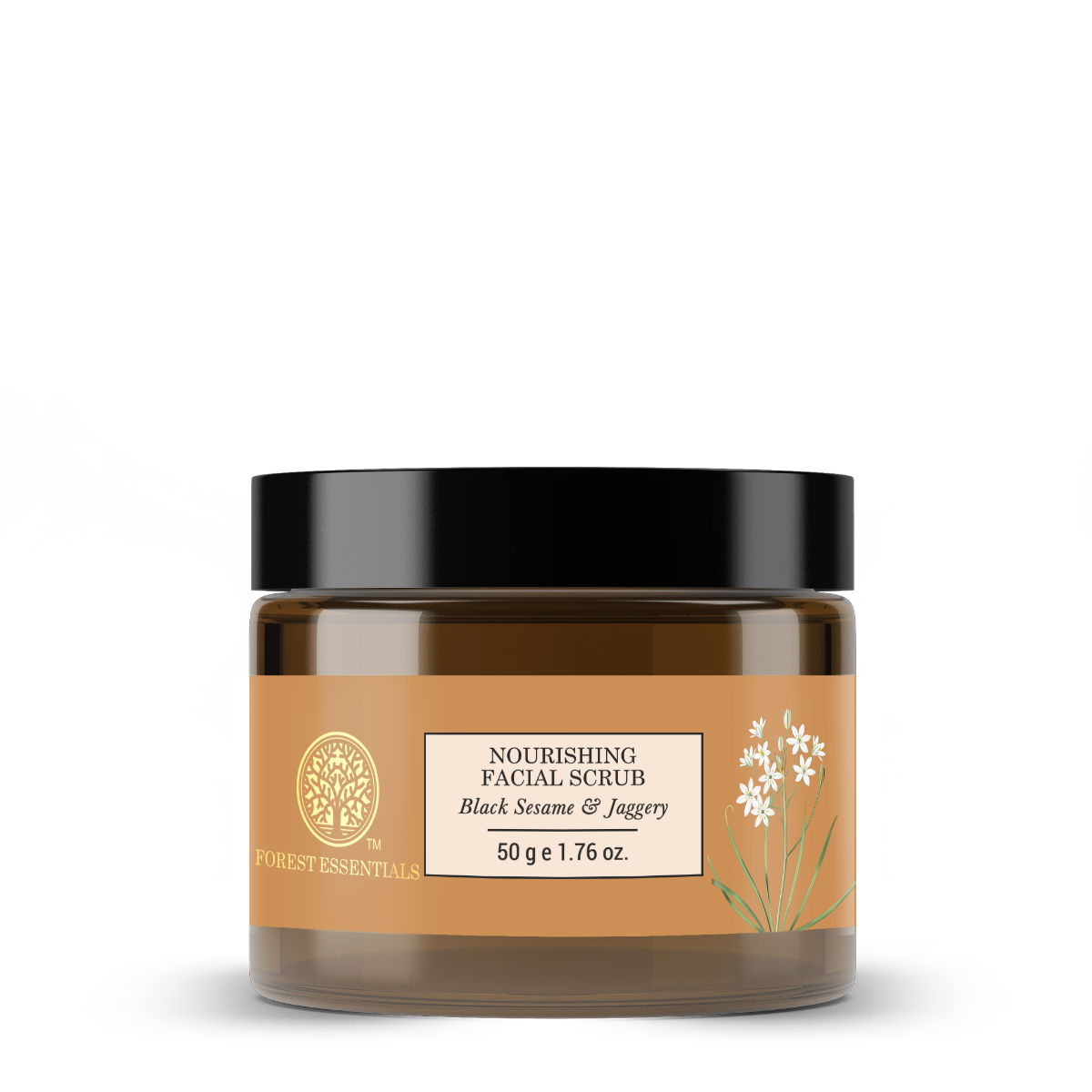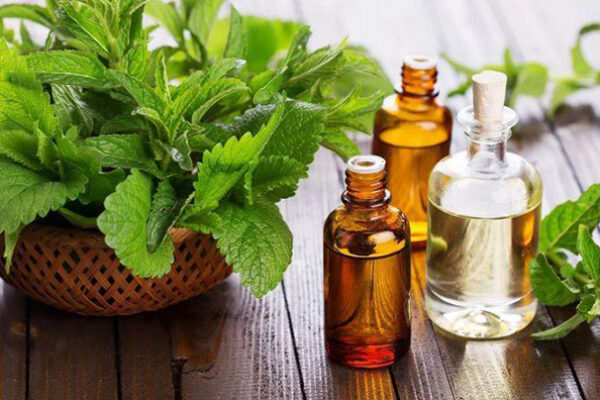Welcome to our definitive guide on how to minimise pores and achieve a smooth and radiant complexion. Pores, those minuscule openings on our skin’s surface, can sometimes take centre stage, affecting how our skin looks and feels. But fear not! With the right knowledge and products, you can diminish their appearance and achieve a refined, flawless complexion. In this blog post, we’ll delve into effective pore-minimising tips backed by research and recommend pore-minimising products to help you on your journey to smaller-looking pores and healthier, happier skin.
Understanding Open Pores
Before we dive into pore-minimising tips, let’s understand what pores are and why they appear enlarged. Skin pores are openings of the sebaceous glands, which create oil that keeps our skin soft. Pores are the channels through which this oil and sweat travel to the skin; without these pores, the skin may become dry and flaky.
Why Do Pores Get Enlarged?

Pore size can be influenced by several factors, including age, gender, genetics, exposure to UV light, and sebum secretion. Here’s a closer look at why pores get enlarged:
1. Age
As we age, collagen and elastin production decreases, leading to a loss of skin elasticity. This makes pores appear larger. Additionally, the skin’s natural exfoliation process slows down, causing dead skin cells to accumulate around the pores, further enlarging their appearance.
2. Gender
Men typically have larger pores than women due to higher androgen levels, particularly testosterone, which increases sebum production. Women, however, may experience changes in pore size due to hormonal fluctuations during menstrual cycles, pregnancy, and menopause, leading to increased oil production and more visible pores.
3. Genetics
Genetics play a significant role in determining pore size. If large pores run in your family, you are likely to inherit this trait. Genetic predisposition affects the skin’s structure and sebaceous gland activity, influencing pore size.
4. Exposure to UV Light
Chronic exposure to ultraviolet (UV) light breaks down collagen and elastin fibres, leading to a loss of skin elasticity and enlarged pores. UV exposure can also thicken the outer skin layer, causing dead skin cells to accumulate around the pores.
5. Sebum Secretion
Excessive sebum production can clog pores with oil and dead skin cells, stretching the pore walls and making them appear larger. This is particularly common in individuals with oily skin types.
6. Other Contributing Factors

Clogged Pores: Dirt, oil, and dead skin cells can clog pores, making them appear larger. Regular cleansing and exfoliation can help.
Poor Skincare Routine: Neglecting skin care routine can lead to a build-up of impurities and lack of proper hydration, enlarging pores.
Diet and Lifestyle: A diet high in processed foods and sugars can increase oil production. Smoking and stress can also negatively impact skin health.
Environmental Pollutants: Pollutants and toxins can clog pores and cause inflammation, enlarging their appearance.
By understanding and addressing these factors through a targeted skincare routine and healthy lifestyle choices, you can minimise the appearance of enlarged pores and achieve a smoother complexion.
Common Misconceptions About Open Pores
People often believe that open pores on face can be permanently closed, but that’s not the case. Unlike doors, pores don’t have muscles to open and close. However, various factors can affect how pores look. For instance, when pores get clogged with oil, dead skin cells, and debris, they can seem larger. By keeping your skin clean and exfoliated, you can help reduce the appearance of large pores by preventing them from getting clogged.
Effective Ways to Minimise Pores

1. Cleanse Regularly
Kickstart and end your day with a gentle cleanser to eliminate dirt, oil, and makeup residues. This routine prevents pore blockage, ensuring your skin remains clean and fresh. Forest Essentials’ Facial Cleansers are SLS/SLES-free, paraben-free, and gently cleanse the skin without stripping off its natural moisture. The range includes Mashobra Honey, Lemon & Rosewater for dry to combination skin, and Kashmiri Saffron & Neem for oily, acne-prone skin.
2. Exfoliate
Incorporate exfoliating products into your skincare regimen to remove dead skin cells and promote cell turnover. Chemical exfoliants containing glycolic acid effectively unclog pores, reducing their visibility. Forest Essentials’ Exfoliators – Nourishing Facial Scrub for normal-dry skin, and Kashmiri Walnut Gel Scrub for combination-oily skin, help remove whiteheads, blackheads, tan, and exfoliate dead skin cells.
3. Utilise Pore-Minimising Toners
Following cleansing, apply a toner infused with ingredients like neem and tea tree oil. These components tighten and reduce pore size, leaving your skin smoother and more even-toned. Forest Essentials’ Facial Tonic Mists are made with steam-distilled floral water to hydrate and refresh the skin and minimise enlarged pores. They are alcohol-free.
4. Maintain Hydration
Regardless of your skin type, moisturise regularly to preserve skin hydration and elasticity. Opt for lightweight, non-comedogenic moisturisers that won’t clog pores on face. Forest Essentials offers three Light Day Lotions: Indian Rose & Marigold for dry skin, Madurai Jasmine & Mogra for combination skin, and Lavender & Neroli for oily skin. These lotions are light in texture and moisturise, brighten, and protect the skin from sun damage with natural SPF 25 derived from Yashada Bhasma.
5. Prioritise Sun Protection
Shield your skin from sun damage by applying a broad-spectrum sunscreen with SPF 30 or higher before sun exposure. Sun damage exacerbates pore size and contributes to premature ageing. Forest Essentials’ Sun Fluid contains tender coconut water, turmeric, and basil leaf SPF 50++. This natural sunscreen protects the skin from the harmful effects of UVA and UVB rays and is made with pure, fresh ingredients. Its light texture absorbs easily without leaving any white residue.
FAQs
What causes large pores on the face?
Pores on the face can be caused by genetics, excess oil production, ageing, sun damage, clogging, hormonal changes, and skin type. Factors such as overactive sebaceous glands, loss of skin elasticity, and exposure to UV rays can contribute to pore enlargement. Maintaining a consistent skincare routine and protecting the skin from sun damage can help minimise the appearance of large pores.
Are pore-minimising products effective?
Pore-minimising products can effectively reduce the appearance of pores, but their efficacy can vary depending on factors such as formulation, ingredients, and individual skin type.
How to shrink pores instantly?
It’s not possible to instantly shrink pores, but there are some techniques you can use to temporarily reduce their appearance, such as cold-water rinses, ice cube massages, pore-minimising primers, and mattifying products.
Can I shrink my pores permanently?
Permanently shrinking pores is challenging, as pore size is largely determined by genetics and other factors such as age and skin type. However, there are steps you can take to minimise the appearance of pores and prevent them from enlarging further, such as a consistent skincare routine, pore-minimising products, sun protection, and professional treatments like chemical peels, microdermabrasion, and laser therapy.
How can I reduce the appearance of pores on my face?
Reducing the appearance of pores on your face involves a combination of skincare practices and lifestyle habits such as regular cleansing, exfoliating, using a pore-minimising toner, moisturising, applying sunscreen, limiting makeup, staying hydrated, and maintaining a healthy diet.
How often should I exfoliate to minimise pores?
The frequency of exfoliation to minimise pores can vary depending on your skin type, sensitivity, and the exfoliation method used. Generally, 2-3 times weekly for normal to oily skin, and once or twice a week for dry or sensitive skin.
Can oily skin contribute to larger pores?
Yes, oily skin can contribute to larger pores due to excess sebum production, which can lead to pore blockages and stretching of the pore walls over time. This can result in permanently enlarged pores that are more visible on the skin’s surface. Consistent skincare routines and products formulated for oily skin can help minimise pore size and control oil production.
How to minimise pores?
To minimise pores, incorporate a daily cleansing routine with gentle exfoliation to remove impurities. The pore-minimising products suggested in this blog work well. Alongside that, use a lightweight, non-comedogenic moisturiser to keep skin hydrated without clogging pores. Protect your skin from sun damage with sunscreen to prevent pores from enlarging.

















